While the most common puffer people see advertised as a freshwater fish, the Green Spotted Puffer, is falsely labeled, there are actually quite a few true freshwater puffers available. For instance, Dwarf Puffers (Carinotetraodon sp.) and all of the species of Target Puffers (Tetraodon sp.) do not require any kind of aquarium salt in their water. However, none of the available species of freshwater (or brackish, or salt) puffers should be regarded as a beginner fish – their care requirements are just too demanding and specific. But, if you have already tried your hand successfully with other tropical fish species for several years there is no reason why you shouldn’t branch into the wonderful world that is Puffer!
Proper fish tank Set Up for Freshwater Puffers
Puffers in general excrete a lot of ammonia in their waste because they eat a very meaty diet. Because of this, the minimum tank size that they should be kept in is 30 gallons – this is widely accepted as enough water to properly dilute the toxins between water changes. However, the size of the tank will largely depend on the species of Puffer that you choose – a sub-adult Fahaka Puffer wouldn’t even be able to fit its back fin in a 30! To keep one of the giant’s you are looking at a minimum of 300 gallons of water – 1000 and above if really want to create an adequate environment for a Mbu (more on why I don’t think Mbu’s should be sold period coming later).
Aside from having a large enough fish tank set up, you will also need to create a suitable bottom for your Puffer to rest on – you do not want to use gravel or other rough objects because their skin is pretty delicate. Instead, look around for a bag (or two) of fine aquarium sand – it comes in just about as many colors as gravel does so don’t worry!
The key to preventing your Puffer from getting bored and constantly “glass surfing” is to create a very interactive environment for them (this isn’t nearly as important if you go for a lurker species). You can do this in a variety of ways, like making drift woodcaves, so get creative! Dwarf Puffers appreciate a well planted tank if you want to try your hand at aquascaping.
How to Create a Well-balanced Diet for Freshwater Puffers
As with most Pufferfish, it is very important to offer them foods that will help keep their teeth worn down (if you own any type of rodent you can think of it in terms of their teeth). To do this, you will need to provide a diet that is high in hard, shelled foods. For most people, this means cultivating their own colony of feeder snails. However, if you don’t have easy access to snails (or you can no longer find large enough ones…) there are quite a few other types of hard foods that you can offer your Puffer. For example, feeder insects, mollusks/clams and whole shrimp are all good for this.
Please note that your Puffer does not need a diet of live feeder fish – in fact, most species of Pufferfish eat a diet that consists primarily of crustaceans in the wild. So please do not get one if all you care about is watching them eat other fish for sport – I’m not saying this because I’m some crazy, tree-hugging fish fanatic that is trying to save the life of a few feeder fish but because it simply is not healthy for your Puffer!
Most Puffers also enjoy a varied diet of frozen blood worms, krill and brine shrimp. Mine absolutely love red wigglers and cockroaches – they suck them down until they look like their sitting on little marbles!
Some Final Words of Wisdom About Freshwater Puffers
Please keep in mind that all Puffers are considered scaleless fish. Because of this, they are very sensitive to Ammonia, Nitrite, and various fish medications – so always do your research before you add anything to your water. Due to their sensitivity, they are not suitable for non-established fish tank set ups – in other words, make sure you have completely cycled your tank before you bring home a freshwater Pufferfish!
They are also not meant to be community fish – while some, like the Dwarf Puffer, can be maintained in a species tank, they are generally very territorial in nature. So please don’t run out and buy one thinking that you will be successful mixing them with your other tropical’s, like Mollies and Platys – instead of returning to a peaceful community tank you will come home to find one very fat, happy Puffer!
As a side note, do not catch your Puffer with a net. Instead, scoop them up or shoo them into a cup to transport them. The same applies when you purchase them – do not allow the pet store employee to transfer them into the bag with a net. You never want to pull a stressed Puffer out into the air! Doing so may cause them to puff up, which may result in fatal complications should they suck in air and not water.





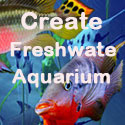

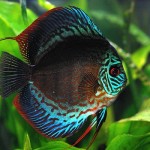

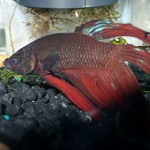

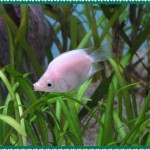


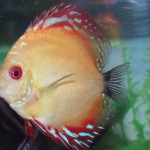
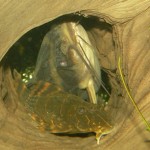
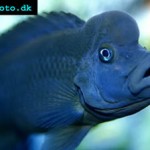
Leave a Reply